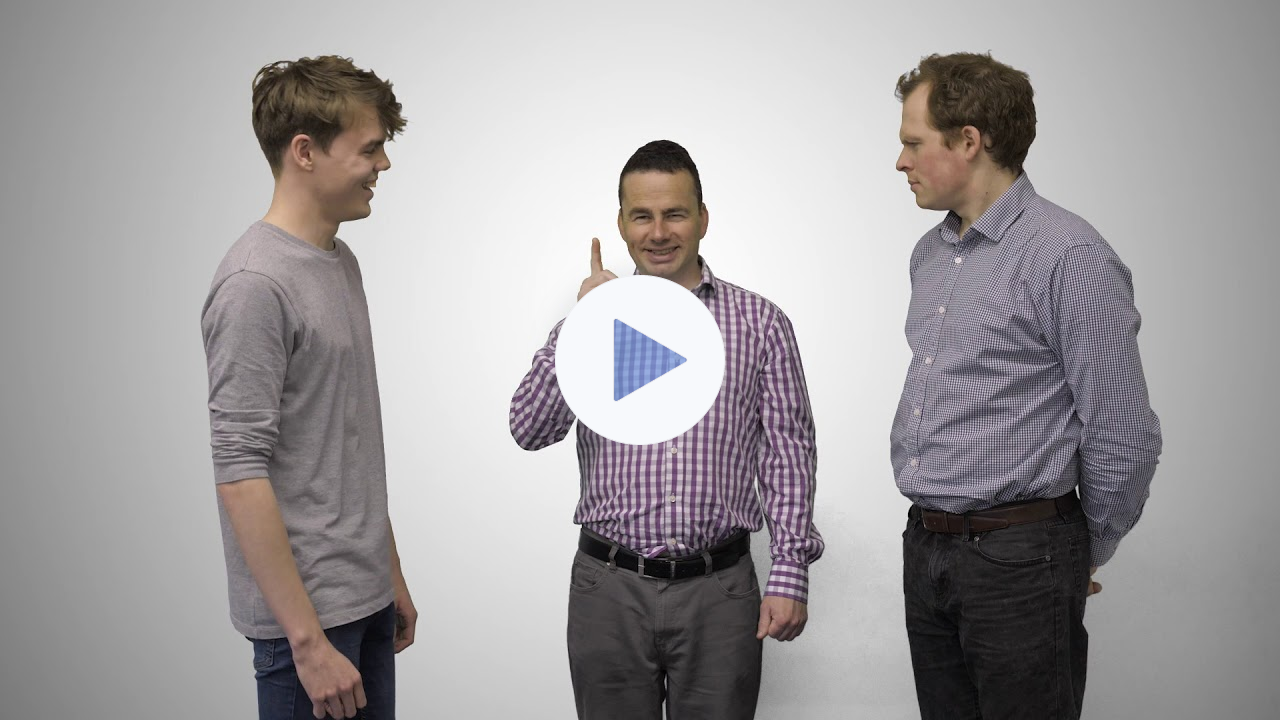This week, three activities that invite children to draw connections between things and tips for getting them doing more of this in your discussions.
Last week, my colleague Charlie Sturgeon and I returned to Sarum Hall School to run our annual Team Talk Challenge Day with Year 6.
This year we decided to place a focus on making connections and so this was a key theme running through every activity. Connecting ideas is what makes for deep learning and understanding, rather than surface knowledge and rote definitions. For example, making connections helps you understand the whole water cycle, rather than just the isolated definitions of the stages, because it is the inter-relationships between stages that are significant.
Extensive research suggests that such understanding can’t happen just from teachers’ explaining stuff. Learners must actively make the connections. Connecting also helps when it comes to writing — such as the elements of a story, or the order of points in an essays. It’s also the C in the A-Z of Thinking Moves.

In this email, I’ll share three activities we ran on this day and others like it recently, all of which get rave reviews in the feedback forms afterwards.
I need three things
This is a warmup game borrowed from the world of Improv. Participants begin in a big circle (but you can break them into smaller circles once it has been demonstrated in front of everyone).
Begin the game yourself by walking across the circle to someone stating “I need…” and insert three connected things. For example, “I need a surfboard, some waves, and a sunny day.”
The person you walk to then walks to someone else, using your third item as their first, and coming up with a brand new set of three. For example: “I need a sunny day, a picnic, and a field.”
And the game continues, with each player coming up with a new connected set of three:
“I need a field, a football, and some boots.”
“I need some boots, a mountain, and a camera…”
To make it more creative, encourage them to become abstract with their ideas (“I need a camera, a day off, and an eye-for-detail“).
Once the first chain is underway, set off a new chain, and perhaps another. You can have as many going as you like as long as there are always one person spare to be “walked to”.
Alike-Like-This
Get an idea for an object from a volunteer, e.g. a mug. Someone thinks of something that is like a mug in some way, such as, “A mug and a glass are alike like this – you can drink from both of them.” The chain continues with a suggestion for something that is like a glass in a different way, for example, “A glass and window are alike like this – they’re both breakable”, then “A window and a hole in a wall are alike like this – you can see through them”, and so on.
Once everyone’s got the hang of it, put them into pairs and get them taking turns in challenging the other to connect two seemingly random objects. Can anyone find a pair of objects that have no connection? Speaking of no connections…
Connections
Not the most original name for a game. We explain it in the video below, with the help of our cameraman Stephen.

Philosophy with Connections
We connect things all of the time, so it’s hard to find a specific area of philosophy it exclusively relates to. However, to draw a connection (!) between these activities and your classroom discussions, why not try some of the following:
- Encourage them to spot the connections between two different points in a debate or discussion. Or to make it harder, ask them to recall what the last three people said, and the connections between each one
- If a child says something that feels a bit of a tenuous link to what you’re discussing, gently ask them them to explain how it connects to the question, or to what the last person said
- If you have a set of P4C questions they’re choosing from, encourage them to spot connections between them. If they came up with the questions, in the traditional approach to P4C, this will also help loosen their loyalties to the one they came up with.
What’s on in the Philosoverse?
Last night Tom hosted this month’s free P4C.com webinar all about Questioning. Stsay tuned for details of the next one.
We’re both off to Jersey this weekend to present at the Festival of Oracy hosted at D’Auvergne Primary School. Before that, Jason is spending two days working with Trinity College Oxford. On Wednesday, he’s in-role hosting a day for Year 3 at the Trinity library which combines storytelling, philosophy and creativity. On Thursday, he’s training the college’s Access Officers to apply our oracy engagement principles to their workshops with young people — proof that you don’t need to be a school to work with us! Get in touch if you think we might be able to help with your mission.
Best wishes,
Tom and Jason